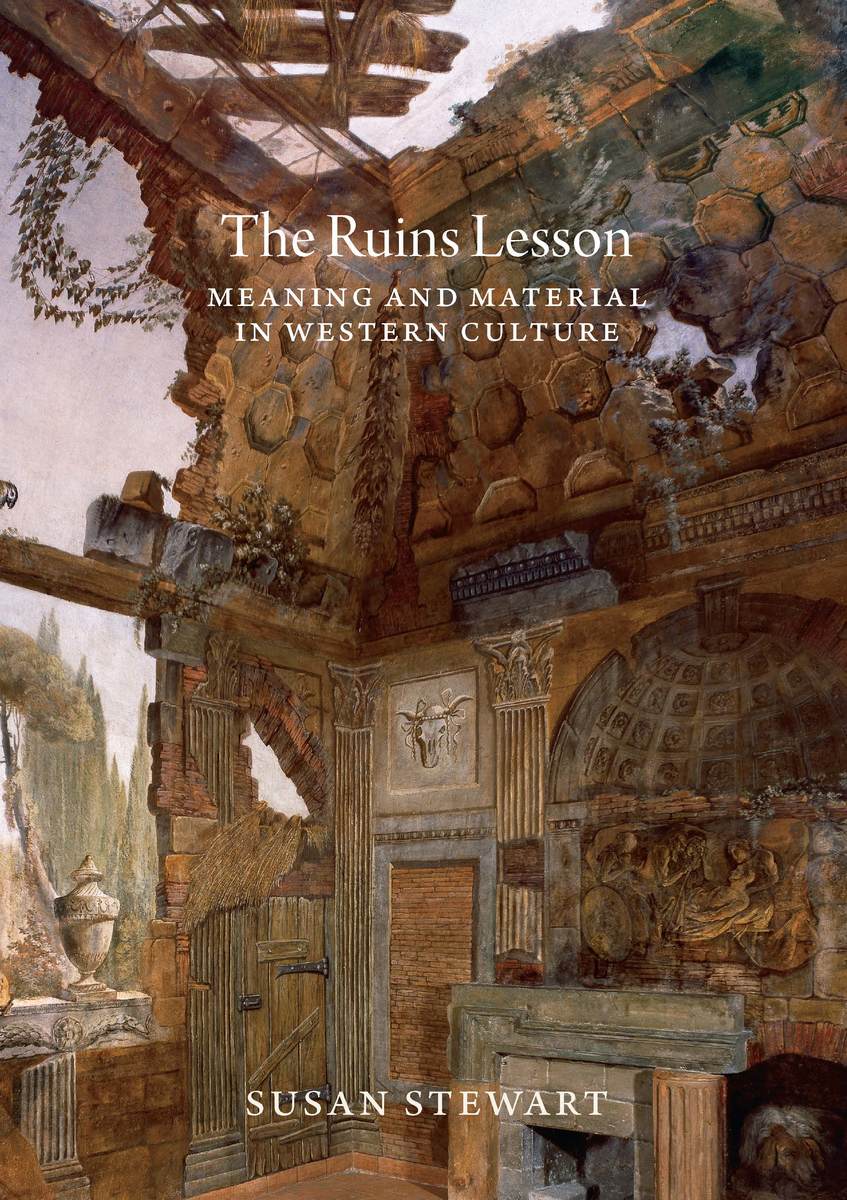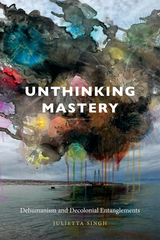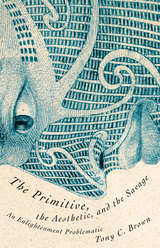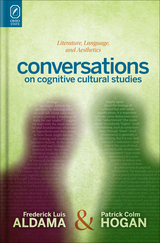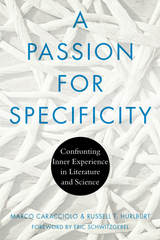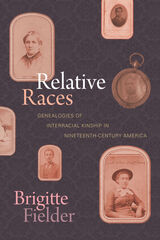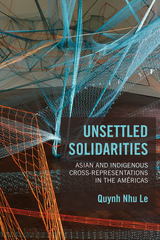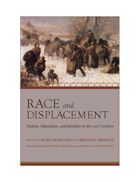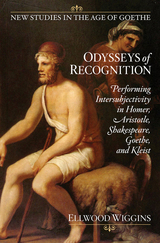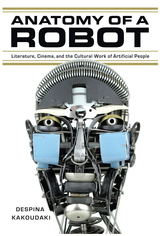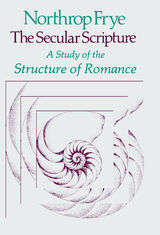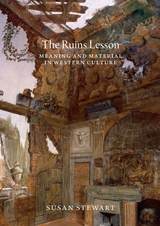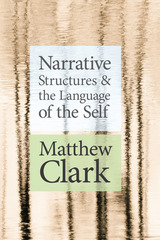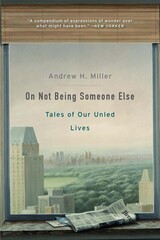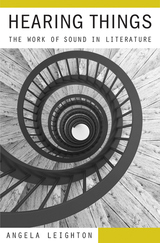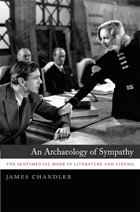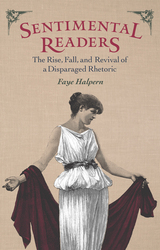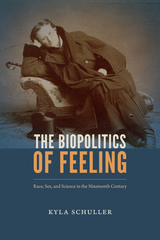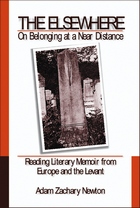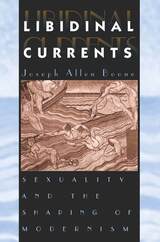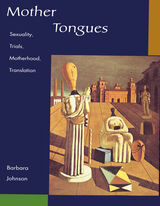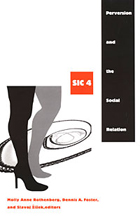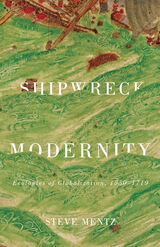“At the crossroads of transience and endurance, form and chaos, memory and materiality, ruins have been among the most poignant markers of the vain human struggle to resist the ravages of time. Drawing on an astonishing range of examples from the histories of art and literature, Stewart brings to their interpretation her unique gifts of analytic acumen and poetic evocation. The Ruins Lesson is a master class in cultural criticism, revealing the sweet melancholy that fuels our fascination with the shards, fragments, and torsos of things past.”
— Martin E. Jay, University of California, Berkeley
“The Ruins Lesson explores ruins without end and ruins as an end in themselves in Western culture—autotelic ruins. Wordsworth’s phrase ‘decaying never to be decayed’ signals the Romantic fascination with ruination that Stewart’s erudite book traces from the classical past to its culmination in the work of Goethe, Piranesi, Blake, and Wordsworth. Through dazzlingly imaginative connections and compelling visual illustrations, Stewart argues that ruins are at once the sign of what remains forever unfinished and sites for discovery. Ruins are the vestiges and traces by which the past inspires the future; whether in printmaking, aesthetics, or poetry, they offer a critique of a materialist approach to art.”
— Mary Jacobus, University of Cambridge
“In this expansive, beautifully wrought history of how ruins are imagined, they become sites of wonder, play, and love, places of making as well as places of destruction. In taking up the lessons of ruins, the book explores the varied, volatile forms in which we imagine and remember and care for, or fail to care for, the made and given world. That care shows itself in Stewart’s own quality of attention, the range of her curiosity, the depth of her scholarship, the risk of her thought. This is cultural history as poetic phenomenology.”
— Kenneth Gross, University of Rochester
"Stewart, a distinguished poet, a former MacArthur fellow and a Princeton professor of the humanities, charts the West’s fascination with decayed remains, from Egyptian relics to contemporary monuments of destruction and trauma. The Ruins Lesson is a sweeping cultural history that draws in Renaissance humanism, 18th-century changes in representing the past and the Romantic reconfiguration of memory. . . . Stewart writes with poetic grace and a nonspecialist’s appreciation of printmaking, painting, literature and architecture. Readers outside the academy will find much to value in this lovely book.”
— Michael S. Roth, The Washington Post
“Ruins weren’t always valued primarily as objects of mood and pleasure. But they’ve long held some form of aesthetic interest in the West. This history, culminating in the Romantic period, is the subject of Stewart’s peripatetic study, an idiosyncratic expedition through the centuries. . . . As motivations, methods, and means vary across geography and history, what remains constant is this: ruins captivate, and ruins provoke a response.”
— Nathan Goldman, Lapham's Quarterly
“Stewart’s new book details the long history of Western fascination of contemplating what Shakespeare describes (in Sonnet 55) as ‘unswept stone besmear’d with sluttish time.’ . . . Stewart contends that the immediate emotional impact of looking at a ruin is a reminder of our own deaths, since, unlike a heap of rubble, a ruin bears some traces of what it once was before its fall. . . . . Stewart expects much of her readers, but her writing is also forceful and clear.”
— Erin L. Thompson, Los Angeles Review of Books
“Why is it, Susan Stewart asks in her deeply researched and gracefully written book The Ruins Lesson, that 'we so often are drawn—in schadenfreude, terror, or what we imagine is transcendence—to the sight of what is broken, damaged, and decayed?'. . . . Stewart is among our most erudite readers of poetry. She is a philologist in the old-fashioned sense: a scholar who combines knowledge of several European and classical languages, a historical awareness of the development and interaction of their literary traditions, and a commitment to philosophical aesthetics that one feels even in her close readings. But she is also a poet, and writes with unfaltering clarity and poise. Finally (a word Stewart might object to), she is a discerning art critic—a skill on full display in her new book.”
— Robyn Creswel, The New York Review of Books
"Susan Stewart’s new book has a finely wrought section on the Romantics, but the special interest of this book is its transhistorical scope and imaginative amplitude. For forty years now, [Stewart] has been one of our most admired poet-critics. . . . This latest title arrives as an elegiac, crowning monument on the perennial entanglement between les mots et les choses of European civilization. This is simply the best work on the aesthetics of ruins out there."
— Andew Hui, Critical Inquiry
"Poet and critic Susan Stewart’s scholarly meditation on ruin and monument, The Ruins Lesson, couldn’t be more topical, in our time of activist iconoclasm."
— A.E. Stallings, Times Literary Supplement
"The question Stewart seeks to answer in her lucid, erudite, and extensively researched cultural history is the following: why are ruins, which damage the comfort of permanence, such a preoccupation for Western art and literature? . . . The Ruins Lesson is the most comprehensive treatment of ruins in European cultural history and displays Stewart’s tremendous expertise in analysis of the visual arts, architecture, and poetry. It is an elegant and immersive read."
— Tanvi Solanki, EuropeNow
“[A] minutely researched and beautifully written study of the enduring allure of ruins and ruination in Western culture. Poised between preservation and obliteration, ruins represent both a presence and an absence that give rise to a range of complex and sometimes contradictory responses. Stewart contemplates Western ruin appreciation in a myriad of forms, teasing out the connections and correspondences among an impressively diverse array of literary and visual sources.”
— Sarah Tiffin, CAA Reviews
"Lively and engaging, The Ruins Lesson ultimately asks what can resist ruination—and finds in the self-transforming, ever-fleeting practices of language and thought a clue to what might truly endure."
— Paul Duclos, Cultural Currents
"Ruins have long provided a uniquely rich subject for aesthetic meditation and for poetic and visual representation. . . . Stewart has explored this material with a graceful touch that should prove accessible and inviting to educated general readers. The best pages of the book are given over, fittingly, to the brilliant 18th-century engraver Giovanni Battista Piranesi, whose specialty was what he called 'parlanti ruine': speaking ruins."
— Choice
“Susan Stewart’s The Ruins Lesson tells the story of antiquarians and what they learned from the ruins that obsessed them. Their sensibility, as she shows, was itself ancient. . . . The Ruins Lesson makes one point above all: there was no single dominant way of observing ancient ruins and portraying what remained.”
— Anthony Grafton, London Review of Books
"The exploration of ruins in the context of 18th-century travel culture is but one of many topics discussed in this beautifully written study, which addresses scholars from a range of fields as well as interested readers. Examining why ruins, as ‘damaged and disappearing vestiges of the built environment, became so significant in Western art and literature’, Stewart’s study centers on exploring the complex intermedial development, changes, and afterlives of semantic fields, cultural ideas, images, and metaphors."
— Miriam Volmert, Architectural Histories
"One’s heart leaps at Susan Stewart’s beautifully produced The Ruins Lesson: with eighty high-resolution illustrations and eleven colorful plates set in 7 x10 ̋, the book is a collectable work of art in itself."
— Modern Philology
"Susan Stewart’s The Ruins Lesson: Meaning and Material in Western Culture is an ambitious journey through the visual and literary culture of architectural ruins... This is, in short, a magisterial, informative, and engaging book."
— Eighteenth-Century Studies
"Susan Stewart’s new book The Ruins Lesson offers novel approaches and interpretations that will thrill even those who are as enthusiastic of ruins as she is and who likewise, follow both the classical and recent scholarship on this subject. . . . The book [is] necessary reading for those already well versed in ruins and those wishing to be introduced to the topic."
— Zoltán Somhegyi, Journal of Aesthetics and Phenomenology
"A conscientiously produced work which—via an extensive, exciting string of architectural, pictorial, and literary examples—explores the process by which ruins are interpreted and ideologically appropriated in the West."
— Arquitectura Viva
"Stewart’s gorgeously illustrated book offers readers a prehistory of the enduring appeal of ruins in Western art and literature . . . Drawing on Egyptian and Roman poets, Greek philosophers and Latin etymologies, her love of language permeates the text. Stewart reminds us that poetic and artistic representations of ruins never were and thus never should be segregated, that visual and verbal forms have not only spoken to each other but also for each other."
— Journal of Modern History
"Susan Stewart has sculpted a book. If her poetry collection, Columbarium, avowed its controlling Empedoclean element to be water, then The Ruins Lesson presents itself as Empedoclean earth . . . Readers are almost set in motion imagining Stewart plying devices and platforms in assembling this book."
— British Journal of Aesthetics
